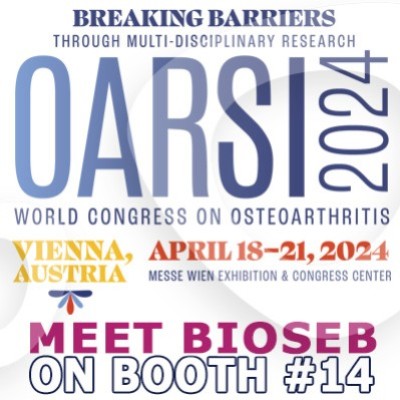Authors
T Bae, J Jang, H Lee, J Song, S Chae, et al
Lab
Department of Microbiology, Chung-Ang University College of Medicine, Seoul, 06974, Republic of Korea
Journal
Journal of Ethnopharmacology
Abstract
Aim of the study Cancer cachexia is a catabolic syndrome driven by inflammation and characterised by a loss of skeletal muscle. This study aimed to assess the effects of an ethanolic extract of Radix Paeoniae (RP) on cancer cachexia and elucidate its mechanism of action.
Material and methods The anti-cachexic effect and mechanism of RP were examined in mouse models of cancer cachexia established in C57BL/6 mice by subcutaneously injecting Lewis lung carcinoma or MC38 colon carcinoma cells. Skeletal muscle tissues were analysed by RNAseq, real-time quantitative reverse transcription PCR, western blotting, and immunofluorescence microscopy. Megestrol acetate, which is recommended for the treatment of cachexia in cancer patients, was used as the comparator treatment in this study.
Results In lung and colon cancer-bearing mice, RP significantly restored food intake and muscle mass, along with muscle function measured by grip strength and treadmill running time. In the skeletal muscle tissue of the cancer-bearing mice, RP suppressed NF-kappaB signalling and reduced inflammatory cytokines, including TNFalpha, IL-6, and IL-1beta; it also down-regulated the muscle-specific E3 ubiquitin ligases MuRF1 and MAFbx.
Conclusion RP restored skeletal muscle function and mass in cancer-bearing mice by down-regulating the muscular NF-kappaB signalling pathway and muscle-specific E3 ubiquitin ligases. Our study indicates that RP is a potential candidate for development as a therapeutic agent against cancer cachexia.
BIOSEB Instruments Used:
Grip strength test (BIO-GS3)

 Douleur - Allodynie/Hyperalgésie Thermique
Douleur - Allodynie/Hyperalgésie Thermique Douleur - Spontanée - Déficit de Posture
Douleur - Spontanée - Déficit de Posture Douleur - Allodynie/Hyperalgésie Mécanique
Douleur - Allodynie/Hyperalgésie Mécanique Apprentissage/Mémoire - Attention - Addiction
Apprentissage/Mémoire - Attention - Addiction Physiologie & Recherche Respiratoire
Physiologie & Recherche Respiratoire
 Douleur
Douleur Métabolisme
Métabolisme Système moteur
Système moteur Neurodégénérescence
Neurodégénérescence Thématiques transversales
Thématiques transversales Système musculaire
Système musculaire Functions de motricité générale
Functions de motricité générale Troubles de l'humeur
Troubles de l'humeur Autres pathologies
Autres pathologies Articulations
Articulations Système Nerveux Central (SNC)
Système Nerveux Central (SNC)  Système sensoriel
Système sensoriel Bioseb on booth #14 at OARSI 2024 in Vienna
Bioseb on booth #14 at OARSI 2024 in Vienna 